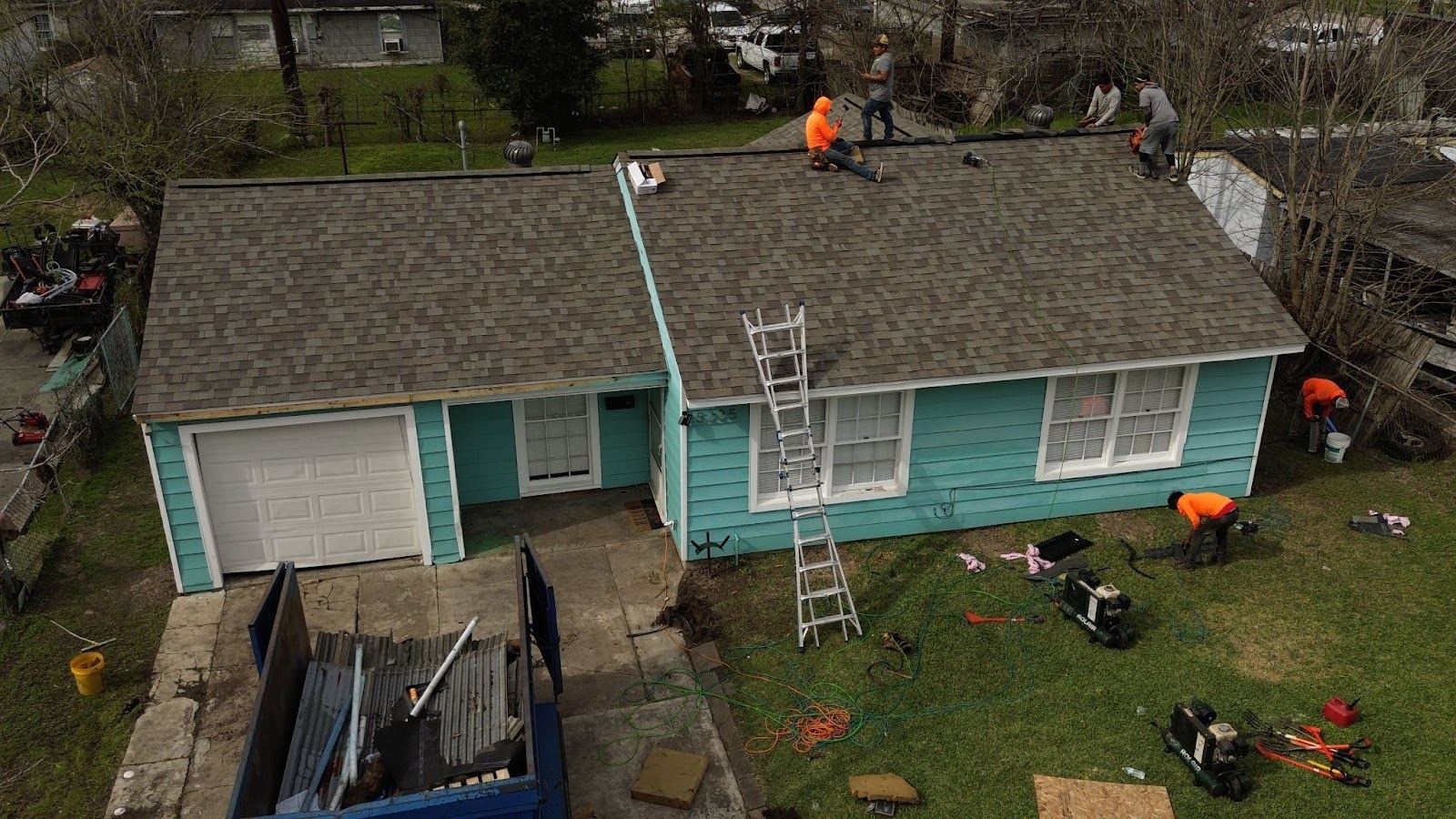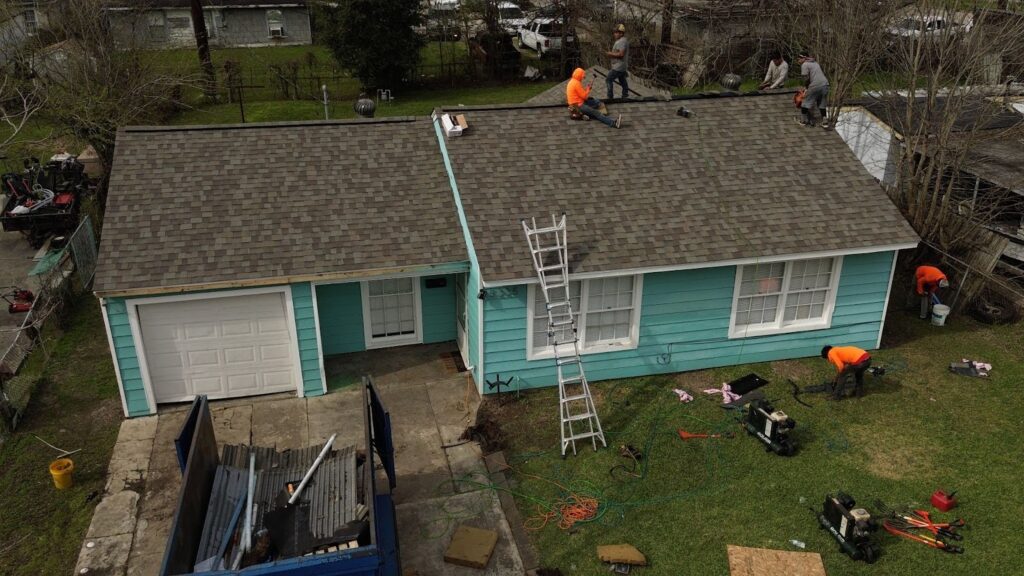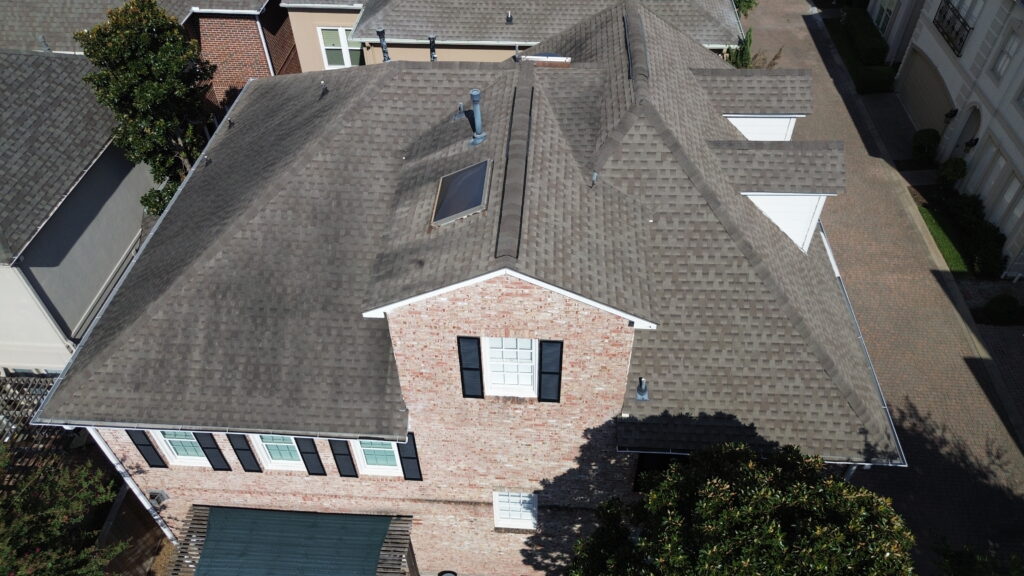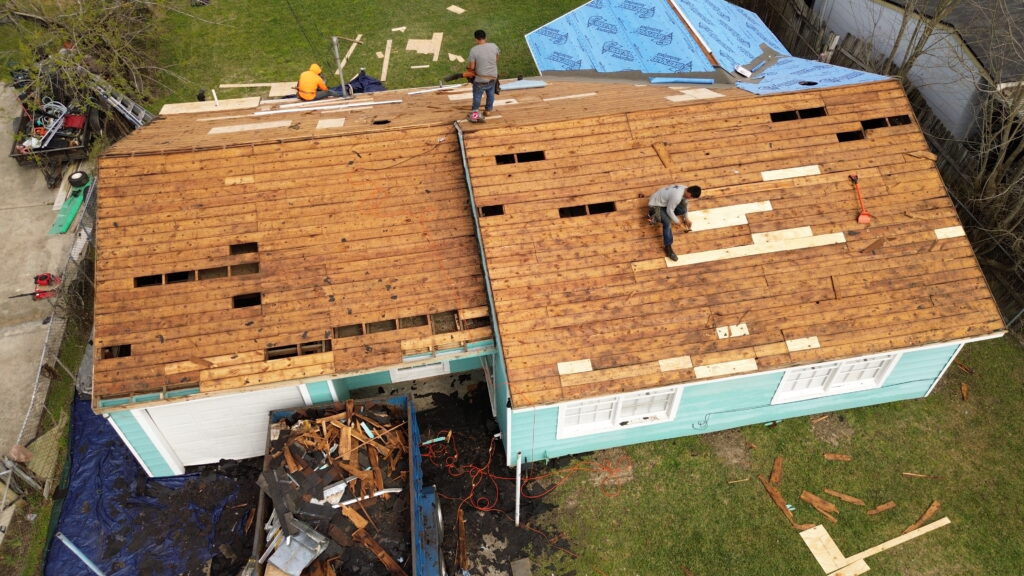
Summer exposes roofing systems to harsh environmental conditions that accelerate wear and reduce performance. Prolonged heat and ultraviolet (UV) radiation can compromise roofing materials, while seasonal humidity and sudden storms increase the risk of hidden damage. Left unchecked, these stressors shorten the roof’s lifespan, raise maintenance costs, and may even impact the safety and efficiency of the entire structure.
To avoid such outcomes, it’s essential to recognize the common roof problems early and take preventive steps. Let’s explore the most common roof challenges in summer and the ways to prevent them, so that you can ensure strong and efficient barrier against seasonal damage.
Most Common Roof Problems During Summer
UV Damage and Heat Stress
Constant exposure to direct sunlight can weaken a summer roof by breaking down shingles and other materials. Over time, this leads to brittleness, cracking, and fading, reducing the protective layer of the roof.
Flashing and Seal Deterioration
The sealing around chimneys, vents, and skylights can also deteriorate under summer heat. Once gaps form, water can easily enter and compromise the roof’s ability to protect the home.
Thermal Expansion and Contraction
When daytime heat causes materials to expand and cooler nights make them contract, this can result in warping. This cycle of expansion and contraction often becomes one of the most frequent roof problems in summer.
Moisture and Mold Growth
Moisture accumulation on shaded roof surfaces or within attics can lead to moss, algae, mold, and mildew. These organisms trap dampness, gradually breaking down roofing materials while also compromising structural strength and indoor air quality.
Storm and Hail Damage
Wind speeds exceeding 50 mph can lift and dislodge shingles, while hailstones larger than 1 inch in diameter can cause dents, cracks, or even puncture roofing materials. This damage often goes unnoticed until it results in leaks or structural issues.
Shingle Cracking and Curling
Extreme heat often causes shingles to curl, crack, or even fall away. Once this happens, exposed areas become vulnerable to water seepage, which can cause damage to the underlying layers of the roof. Learning how to identify roof leaks early can save homeowners from extensive repairs later.
Wildlife and Pest Intrusion
Birds, insects, and small animals often seek shelter in the warmth of rooftops. They may create nests or burrow into weak spots, leaving behind openings that reduce the roof’s durability.
Falling Debris and Branches
Trees around a home provide shade but can also create hazards. Overhanging branches or falling debris can scrape against roofing materials, while clogged gutters cause water to back up and damage the structure.
How to Prevent Summer Roof Problems
Routine Inspections
Scheduling regular roof inspections helps spot small issues before they worsen. Detecting these early allows timely fixes, which prevent leaks, mold growth, and the need for premature roof replacement.
Cleaning Gutters and Debris
Gutters are part of the overall roof drainage system. When they clog with leaves, branches, or dirt, water backs up onto the roof surface and seeps beneath shingles, causing leaks, rot, and structural damage. Keeping gutters clean ensures proper water flow away from the roof, reducing standing moisture and extending the roof’s lifespan.
Improved Ventilation
A well-ventilated attic reduces heat buildup and lowers the chances of mold forming. Balanced airflow allows the roof to withstand changing temperatures more effectively.
Reflective Coatings or Materials
Using coatings that reflect sunlight or heat-resistant materials can help minimize damage caused by prolonged exposure to UV rays. These choices are particularly important in regions where common roof problems are aggravated by the summer roof conditions.
Prompt Repairs
Minor issues like cracked shingles or torn flashing allow water infiltration, which spreads quickly into decking and insulation. Repairing them early seals vulnerable points, preventing leaks, rot, and costly structural damage.
Trimming Trees Around the Roof
Keeping branches at least 10 feet from the roof protects shingles from scraping and prevents storm damage from falling limbs. It also reduces debris buildup in gutters and lowers the chance of moss, algae, and pests taking hold.
Moisture Control Measures
Without insulation, vapor barriers, and drainage, moisture condenses inside attics and roof layers, fueling mold and wood decay. These measures block dampness at its source, preserving material integrity and indoor air quality.
Pest Prevention
Sealing openings and installing barriers around vents or eaves prevents pests and wildlife from creating entry points. This reduces long-term roof damage caused by nesting and burrowing.
Taking preventive steps not only extends roof life but also helps protect the overall value of your property. To know more, you can read our blog on how reliable roofing can raise your home’s value, and how preventive care is a smart investment.
Conclusion
You’ve invested so much in your roofing that leaving it uncared for is never an option. If you begin noticing common roof problems such as leaks, stains on walls, or damaged shingles, it’s time to call in professionals. Before doing so, take a moment to explore our guide Everything You Need to Know Before Hiring Roof Repair Professionals. It will help you understand what qualities to look for and the right questions to ask.




